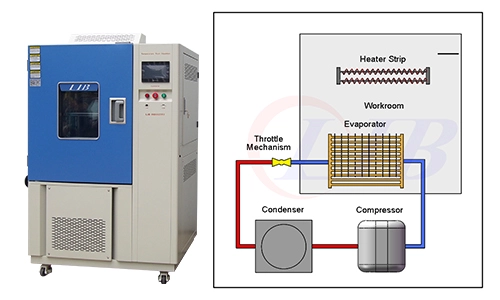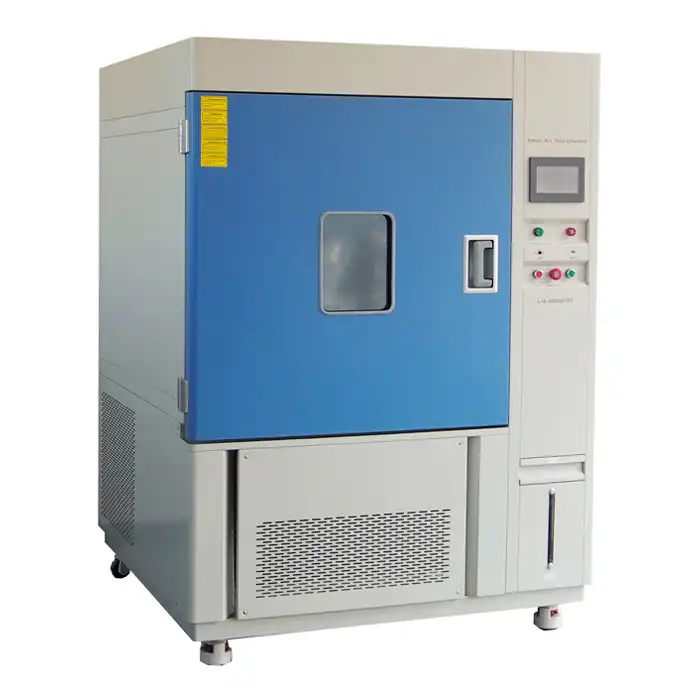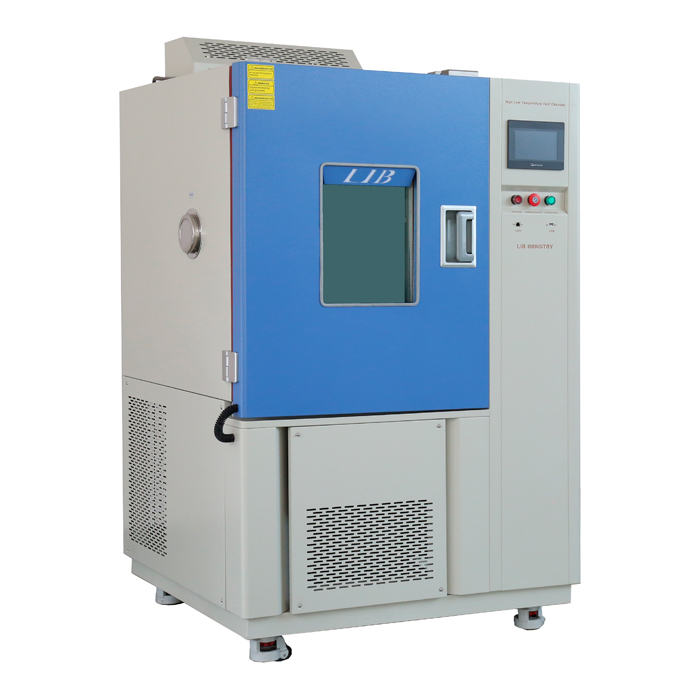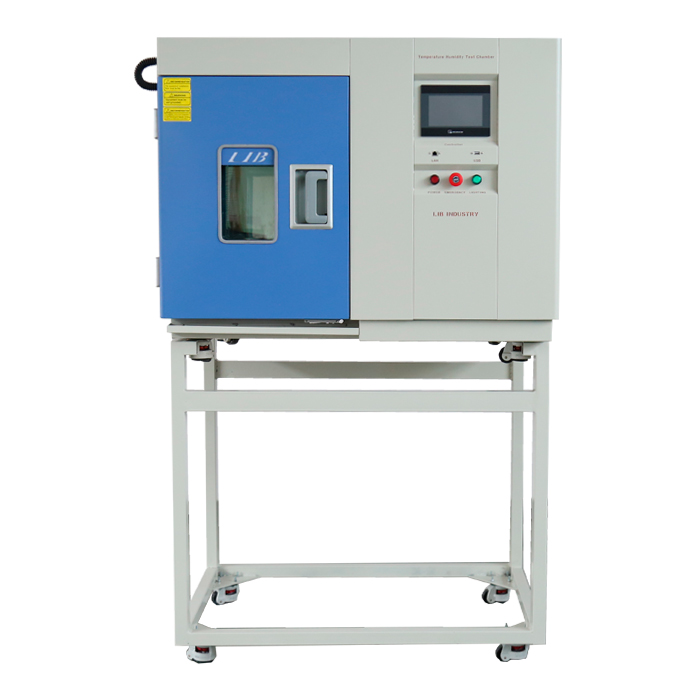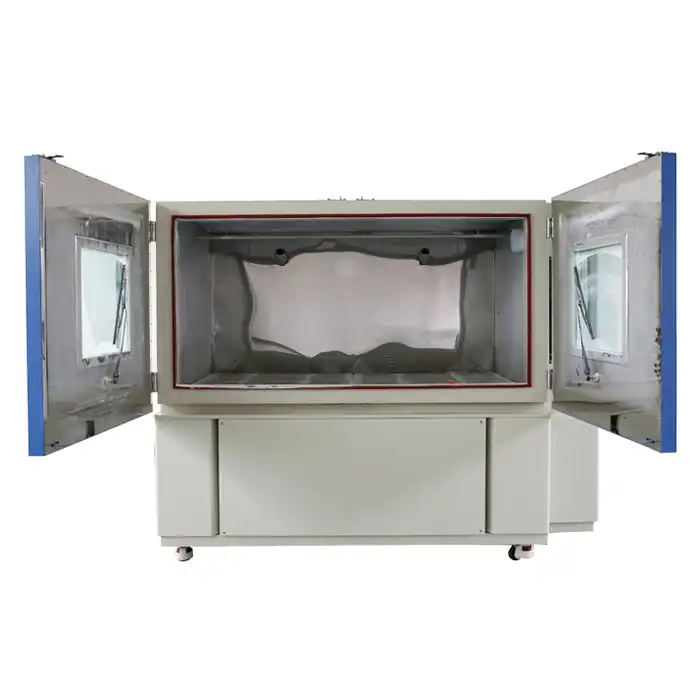How Thermal Cycling Equipment Is Used in Aerospace Testing?
Aerospace testing is one of the most demanding fields, where the smallest component failure can lead to catastrophic results. To ensure the reliability and safety of parts used in extreme conditions, thermal cycling equipment plays a crucial role. These chambers simulate the temperature fluctuations that aerospace components experience during real-world operations, ensuring that they perform optimally under stress.
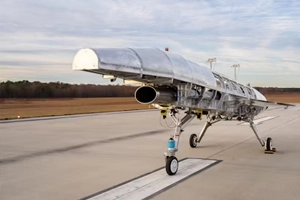
The Importance of Thermal Cycling in Aerospace Component Testing
Aerospace components are exposed to rapid temperature changes during flights, from extreme heat to freezing cold in a matter of minutes. Thermal cycling equipment helps simulate these fluctuations, allowing manufacturers to test how materials expand and contract under stress. This is essential because thermal expansion or contraction can lead to material fatigue, weakening the components over time.
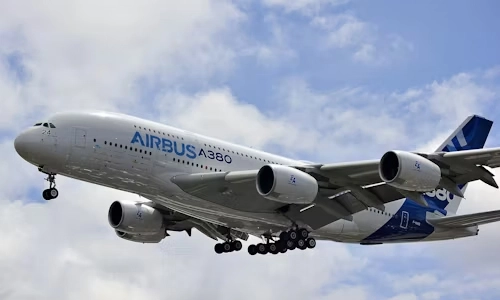
By replicating these conditions, manufacturers can catch potential issues early in the design and production phases. This reduces the likelihood of failure in high-stakes environments, ensuring that the tested components are safe and durable for aerospace applications.
Key Aerospace Components Tested with Thermal Cycling Equipment
Thermal cycling is used to test a variety of critical aerospace components, including:
- Electronic Systems: Circuit boards and avionics are highly sensitive to temperature changes, and thermal cycling ensures that they continue to function in extreme conditions.
- Structural Materials: Metal alloys and composite materials used in aircraft frames undergo thermal stress to test their durability and resistance to cracking.
- Seals and Gaskets: These components must maintain integrity under temperature fluctuations to prevent leaks or failures.
Compliance with Aerospace Industry Standards and Regulations
The aerospace industry is governed by strict standards and regulations to ensure safety and performance. Components tested in thermal cycling equipment must meet the guidelines set by organizations such as:
- FAA (Federal Aviation Administration): Requires strict testing of aircraft components to ensure their performance at high altitudes and in extreme environments.
- RTCA/DO-160: This standard outlines environmental conditions and test procedures for airborne equipment, including thermal cycling tests.
- NASA Standards: Spacecraft components face even more extreme conditions than aircraft, so NASA requires rigorous thermal testing for all parts used in space exploration.
How to Use Thermal Cycling Equipment for Aerospace Product Testing?
Thermal cycling equipment is crucial in aerospace testing, as it simulates the extreme temperature fluctuations that products experience during flight. For instance, the testing of aircraft engines or avionics systems requires exposing components to rapid temperature changes to evaluate their durability and performance. In a typical test, the product is subjected to temperature cycles ranging from -65°C to 125°C, simulating conditions at high altitudes and in varying weather environments.
Take, for example, a test performed on a satellite's electronic components. The components were placed in a thermal cycling chamber, where they underwent 500 cycles of extreme temperature shifts over a period of 30 days. This test ensured that the components could withstand the intense temperature variations during launch and space operations without failure. The thermal cycling process helps identify material weaknesses, potential failures, or design flaws, ensuring that the aerospace product meets the high reliability standards required for space missions.
LIB Thermal Cycling Equipment
LIB Industry specializes in providing advanced thermal cycling equipment for use in aerospace testing. Our thermal cycling chambers are designed to meet the unique needs of the aerospace industry, ensuring that components are rigorously tested and meet all regulatory standards.
| Heat load | 1000W |
Temperature Range | A : -20℃ ~ +150 ℃ B : -40℃ ~ +150 ℃ C: -70℃ ~ +150 ℃ | |
Temperature Fluctuation | ± 0.5 ℃ | |
Temperature Deviation | ± 2.0 ℃ | |
Cooling Rate | 5 ℃ / min | |
Heating Rate | 5 ℃ / min | |
Cooling system | Mechanical compression refrigeration system | |
Refrigerating unit | French TECUMSEH compressor | |
Heating Element | Nichrome heater |
- Wide Temperature Range: LIB’s thermal cycling equipment offers a broad temperature range, from -70 °C to 150 °C, to simulate the extreme environments aerospace components experience.
- Precision Control: LIB’s chambers allow precise control over temperature fluctuations, enabling manufacturers to replicate real-world conditions with accuracy.
- Customizable Solutions: We offer customizable thermal cycling chambers to meet the specific needs of your aerospace testing requirements. Whether you require a chamber for small components or large assemblies, LIB can provide a solution tailored to your needs.
- Compliance with Industry Standards: Our equipment is designed to meet the stringent requirements of the aerospace industry, ensuring compliance with standards like RTCA/DO-160 and NASA’s thermal testing protocols.
LIB Industry offers cutting-edge thermal cycling chambers that meet the highest standards in the aerospace industry, providing precise, customizable testing solutions. If you're looking to enhance your aerospace testing capabilities, contact LIB Industry today at ellen@lib-industry.com for more information about our thermal cycling equipment.
References
1. "Thermal Cycling Testing for Aerospace Systems," Journal of Aerospace Engineering, 2023.
2. "Thermal Stress and Material Fatigue in Aerospace Components," Aerospace Materials Science, 2022.
3. "Environmental Testing Standards for Aerospace Applications," International Aerospace Review, 2021.
4. "The Role of Temperature Cycling in Aviation Safety," Aviation Technology Today, 2023.



